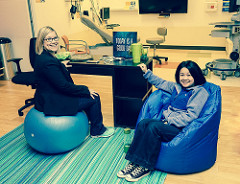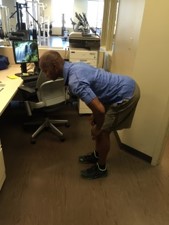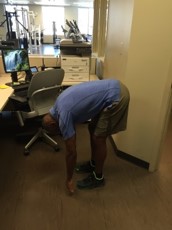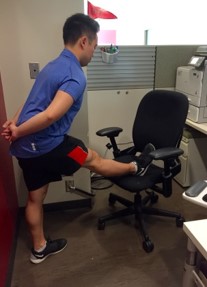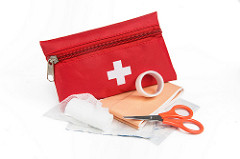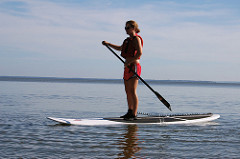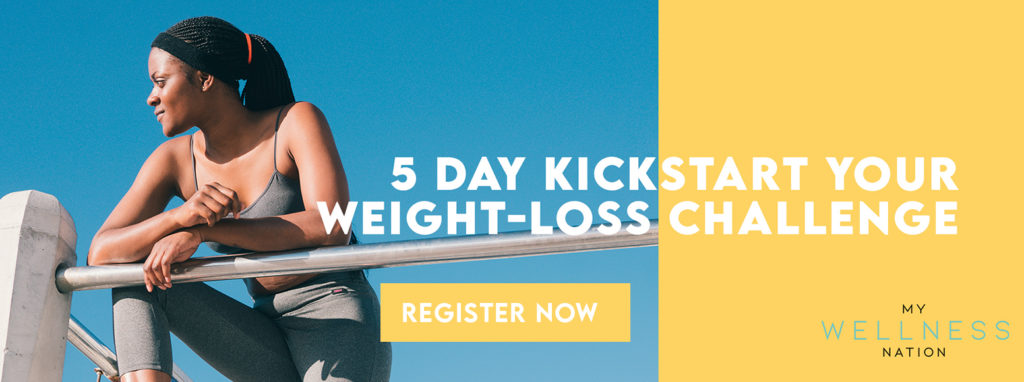Mental health is becoming a more important factor in overall health. Previously, workplace wellness focused on physical wellness with fitness challenges and blood pressure clinics. Studies are now showing that the key to workplace wellness is mental health. Give a read to the following article, that outlines some of the issues around mental health in the workplace and offers suggestions on how helping employees with mental health issues can benefit not just the individual but your business. This post was written by Jordan Cieciwa and re-posted from www.huffingtonpost.ca.
The benefits of exercise, active living and healthy eating are no longer debatable. There are dozens of preventable diseases that we die from, simply because we do not properly take care of ourselves. Disease prevention is a key reason organizations like the Heart and Stroke Foundation exist, they’ve even started a blog to get your the best info to live heart-healthy.
So, let me ask you this: Why are there so many people living sedentary lives and allowing disease to take root, if it is so good for us to be active and eat healthy?
Here is my theory after a career that spans more than a decade in the fitness industry.
Exercise, active living and healthy eating are not the first step in living a healthy lifestyle. The base needs to be set before anyone can live a healthy lifestyle. This is the problem — most people are not equipped to live healthy. Education is important to health, and more than anything, mental health is critical.
First, in order to build a solid foundation, we need education on how the body works — we are cellular beings. Our health depends on taking care of our body at its basic level. Your food and exercise habits affect your cells. Your cells build your organs and your organs create the systems in the body — the cardiovascular, nervous and digestive systems.
The systems show the failures at the cellular level. Those failures are what we call disease. Once we see those failures at the system level, our organs and cells are in dire straits.
Mental health is the most critical part of this whole health transaction. If I look at someone and tell them, you will die young if you do not eat properly and exercise, and they don’t change their life, something must be deeply wrong. What we miss in the promotion of health and wellness is empathy.
We tell people they need to work out — it will make them sexy, help them live longer and fix aches and pains. We show them pictures of what they could look like, and before and after images of people who have done it before them.
We never ask how their marriage is, or how their kids are, or if work is OK. We don’t talk about depression, anxiety or their mental state. Instead, we bombard them with more success from other people who “look good.”
As health, fitness and exercise is promoted, we forget one important piece. Health and fitness is easy if you are healthy and fit. Take away your mental health base, and your passion for the way your body works and whether you ask yourself, “Should I go to the gym? Would I look to be active today?”
If we focus on the workplace, I think this will make the most sense. The buzz words are flying around “wellness teams,” “wellness initiative boards,” “health spending accounts,” “health credits” — I could go on and on. And if your company has spent time and money on these with very little return, let me tell you why.
Every board I have consulted with puts their plans and spending together and “accidentally” creates a plan that amounts to getting healthy people cheaper gym memberships. Healthy people staff these boards, and they do things that make their healthy lifestyle easier and more cost-effective to maintain. The CEO or CFO signs off on it because they have solved a buzz word problem, or at least put a Band-Aid on it.
A business’s bottom line is not affected positively by this scenario, yet this is most company’s approach to wellness.
Magazines do the same thing with their workouts and menu plans. Our fitness world is designed to connect with those who are already healthy, inspire those who are already working out, and unfortunately it brings shame to those who don’t. EVEN IF THAT SHAME IS NOT INTENTIONAL.
To effectively change the health of a workplace takes something completely unique. HR can’t spend enough time, and a board of healthy people won’t be able to do it, either. In large corporations, there is a small percentage of the population incurring the greatest time and productivity losses, and increase spending on short-term and long-term disability. It is these people that need empathy, support and an unwavering commitment.
I firmly believe that all people want to work, be productive members of teams and positively interact with others. That said, without the proper tools and supports, not everyone can. Mental health can take us out of a happy state in an instant. We become difficult to work with and, without explanation, less productive and a burden to a team. That same person stops caring for their health, develops issues and can’t stop the downward spiral by themselves.
That downward spiral could have started because of:
- Work related stress
- Relationship stress at home
- Death in the family
- Undiagnosed or diagnosed mental health disorders
The point is very simply this: our push towards getting people healthy and creating workplace wellness programs won’t affect the bottom line or get a return on investment until we acknowledge the human factor.
You can’t put a blanket health program in and expect unhealthy people to simply pick it up, and get involved. My job as a workplace wellness consultant is to identify the employees with attendance issues, or on long term/short term disabilities and help them engage programs that are available.
It’s something I firmly believe HR can’t do alone. They can’t ask the questions about home life, current health issues, addiction issues, diagnosed mental health issues — the list goes on as to the cause of unhealthy lifestyles. I’ve found a solution for this part of the equation: empathy, counseling and focused attention.
If you want someone at the gym, living healthy or changing their eating habits so they “get on your workplace wellness plan,” you have to be willing and able to put the time in. A foundation needs to be created. Educate, and make the person understand they are supported. Then help them engage with your amazing wellness board initiatives..
Without identifying the target for employees, helping them to get grounded and giving them the face-to-face support they need, your workplace wellness program will not positively affect your bottom line. This is where I come in to play. Programs, third-party case management and goal-setting help ensure the employee spending your sick time, over time and disability money is truly cared for and brought back stronger to the work force.
Jordan Cieciwa has a degree in Kinesology and Applied Health and has worked with everything from couch potatoes to pro Athletes over the past decade is my key to battling obesity and inactivity.

